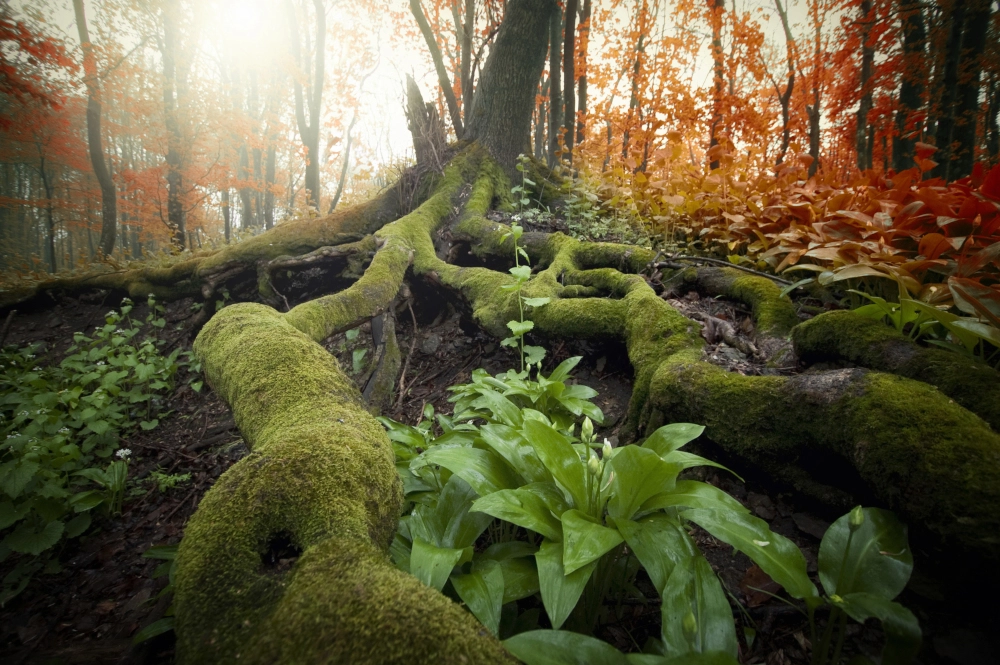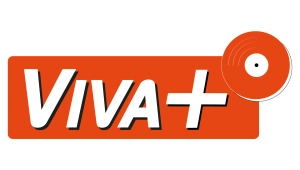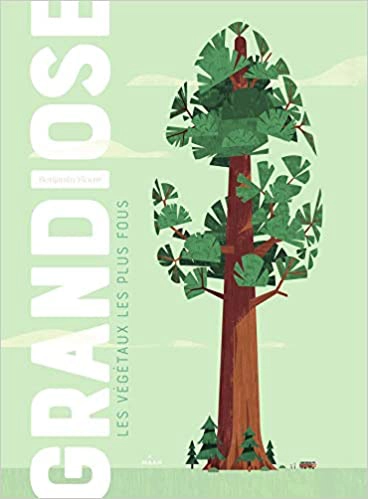
The natural intelligence of plants decoded by artificial intelligence
Plants do not have a brain or a nervous system like us. And yet, researchers show that they are gifted with intelligence. Defending themselves against aggression, finding their food, or communicating through their roots, these are all incredible elements that demonstrate the intelligence of plants.
But it is not only scientists who are interested in the plant kingdom. Artists too are amazed at their prowess. So much so that they are inspired by the intelligence of nature to create new, revolutionary, and breathtaking objects or tools.
Visit the Plant Fever exhibition at CID in Grand-Hornu to understand the hidden power of plants.
Organized by the Italo-French d-o-t-s studio
Need help? Call on a plant!
Unlike animals and humans, plants do not have brains. And yet their intelligence is real.
Researchers have shown that plants have the power to “feel” their environment and to adapt to it. For example, if a caterpillar chews on a tree leaf, the tree immediately produces defensive molecules. How can it do this without ears?

Trees can sense the presence of an obstacle near their roots and force them way around. Plants do not have a nervous system like we do, but they are capable of transmitting electrical signals or producing hormones like the human brain.
Elowan, a hybrid rollerblade plant.

Elowan by Harpeet Sareen & Pattie Maes
Photo © Sareen&Maes
Elowan is a hybrid life form. This means that it combines a living being, the plant, and a robot. The plant dialogues with the machine to get what it needs. You know that plants do not use our language to control the robot under the pot. But they emit electrical signals that travel through their tissues.
These electrical signals are produced when changes in brightness, temperature, humidity, gravity occur. It is all these signals that push the plants to evolve or adapt to their environment.
The robot speaks the language of plants:
The electrodes attached to the plant pick up the electrical signals, amplify them and send them to the robot. The robot translates the electrical signals of the plant to understand its needs. “I need light”, “I am thirsty!” etc. …
In the video you can see the robot moving towards the right lamp and then towards the left lamp. It is not the robot that chooses to move. Its movement is dictated by the plant. It’s the plant that steers!
A hybrid to meet the needs of the future.
This hybrid was developed at MIT, a famous American institution. Its creator, Harpreet Sareen, illustrates the future of technology. Today, we use our smartphones, optic fibers or computers to communicate or solve problems. But if you think about it, plants do it too, and much more efficiently than our electronic devices in some cases.
Download here the PLANT FEVER activities for KIDS
Florence, the talking plant.
More than just driving a robot, a plant can also talk to you. And this is no joke. The challenge is to translate its language so that it is understandable to us as human beings.
This challenge was won by Hélène Steiner, a researcher, and designer, who created a translation method based on the electrical and chemical signals emitted by plants.
How does it work?
Each plant has its own communication system. It is also a robust and organic network, governed by chemical reactions. Unlike your computer and other electronic tools, plants communicate without any external power supply.
With the help of the famous company Microsoft, Hélène has combined the organic and digital worlds to facilitate communication between people and plants.
Florence is therefore a machine that measures the electric current and chemical signals of the plant. To communicate with it, the computer transforms our “words” and “phrases” into light signals. Blue, red, green… the plant perceives these signals and responds with electrical and chemical signals.

The computer picks up its signals and translates them. Interestingly, the signals change when external conditions change. Humidity, temperature, light… all these parameters influence the plant’s response to our message.
This project is very interesting for us. Indeed, it allows us to reduce the border between the natural and artificial worlds to better understand the needs of plants. Are they thirsty? Do they need more light? Do they feel attacked? Thanks to this communication between plants and the computer, we may be able to better protect nature and produce our fruit and vegetables in an intelligent way.
PLANTOÏD, the robot that grows like the roots of trees
Before you can create a robot that can grow like tree roots, you need to understand how roots grow naturally.
Soil is a complex environment, made up of soil, but also pebbles or rocks. Roots, therefore, encounter obstacles during their growth. To grow, roots absorb water and nutrients from the soil. But they also produce mucus, a substance that allows them to feel the soil. Is it harder?
PLANTOÏD is a robot that looks like roots. Roots move when they are stimulated by water, an object or nutrients. Thanks to the robot’s reactions, researchers will be able to understand how plants adapt to their environment and how, through their roots, they communicate with each other.
If we have optical fibers as a communication network, they have the roots.
Want to know more ?
For small readers... Find relevant books in the CID shop or on Amazon.
Listen to us on your favorite radio!










